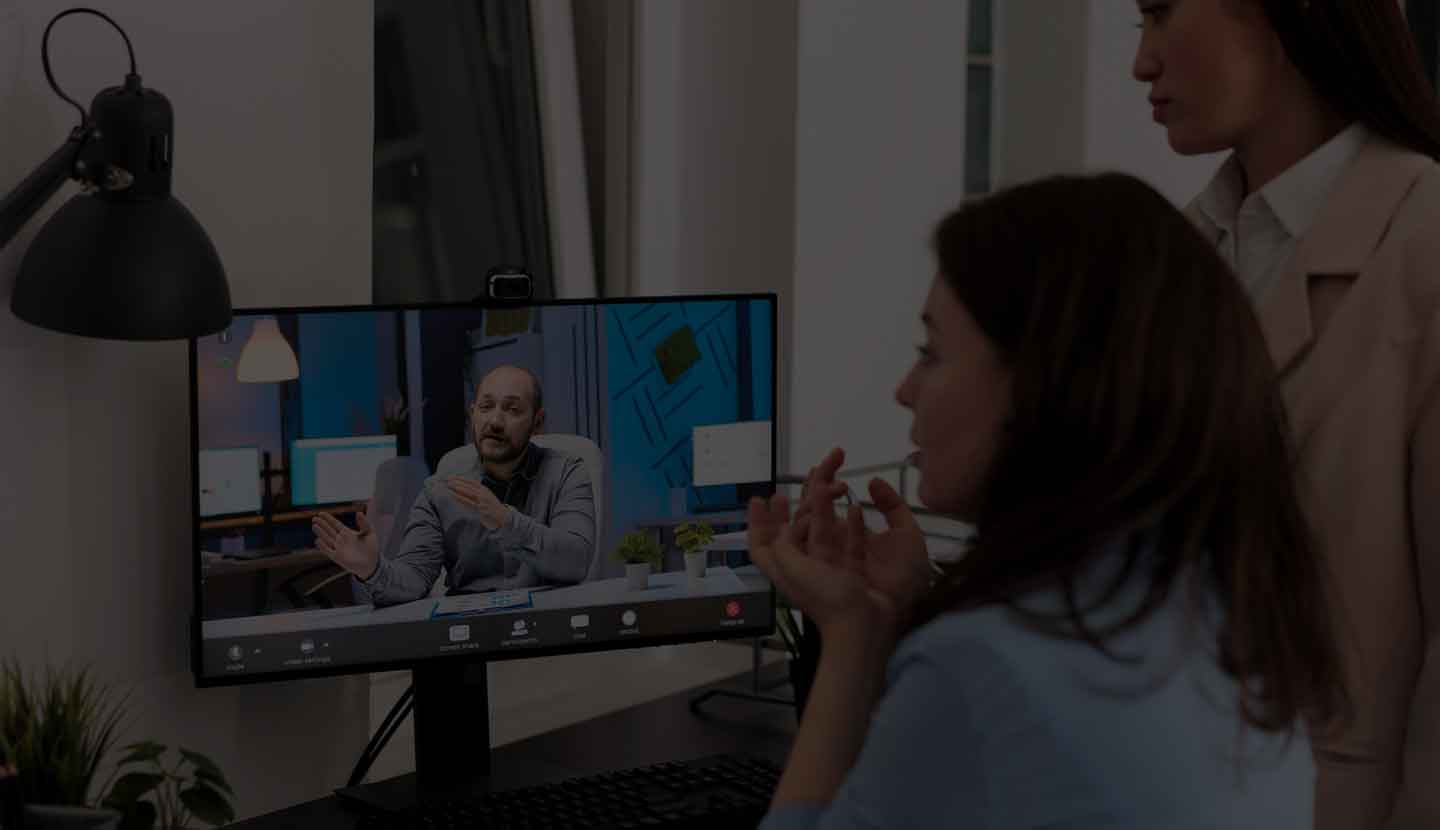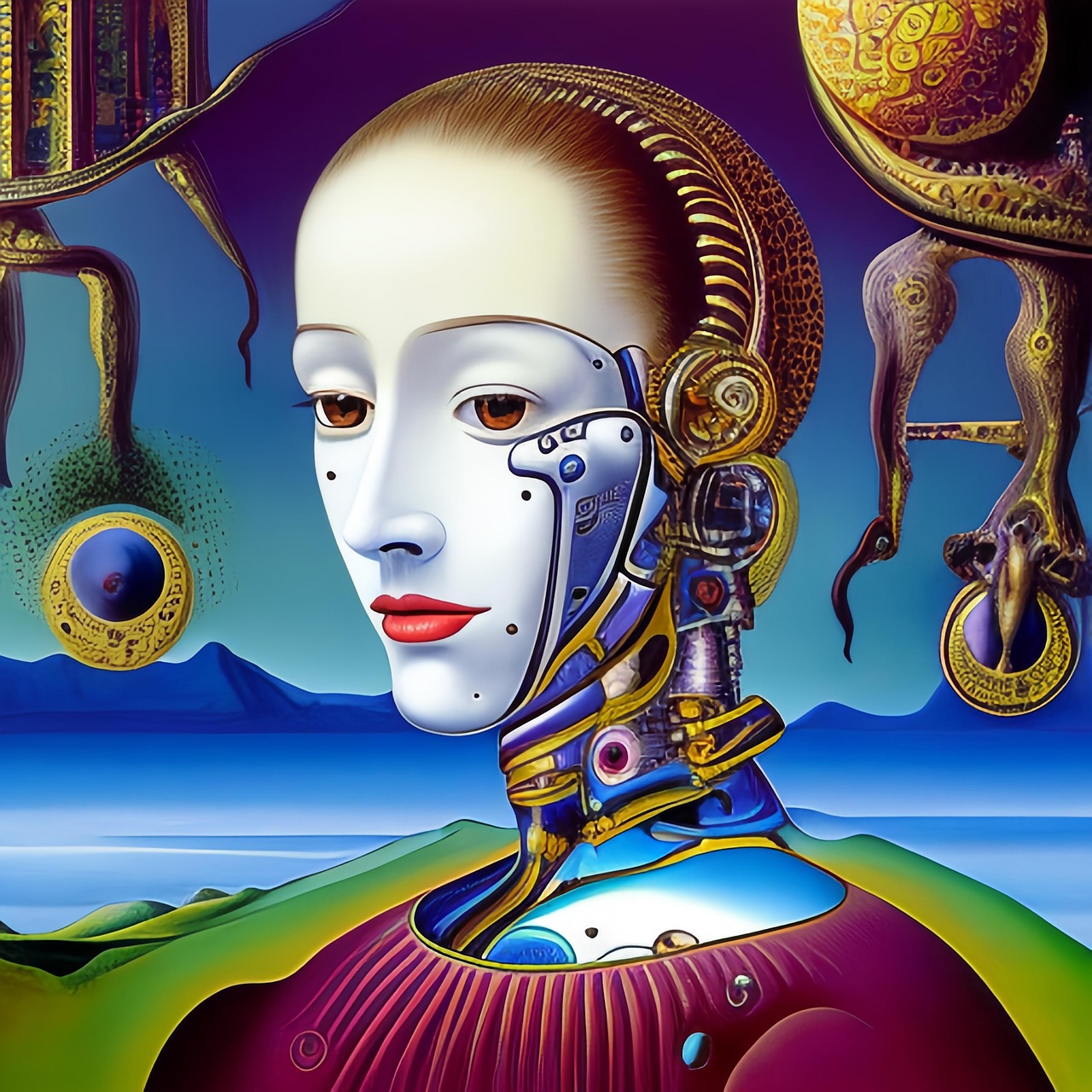Artificial intelligence (AI) is no longer just a futuristic concept—it’s here, and it’s transforming the way we create. From AI-generated paintings to machine-learning-assisted music composition, technology is redefining the creative landscape. But is AI a threat to human artists, or is it an ally that enhances creativity? In this article, we explore how AI is shaping the creative industries, its benefits, challenges, and the exciting future ahead.
How AI is Changing the Creative Landscape
🎨 1. AI-Generated Art: The Rise of Digital Creativity
AI-generated art has taken the world by storm. Platforms like DALL·E, MidJourney, and Deep Dream use machine learning to create stunning visual artworks based on text descriptions. Artists are now using AI to generate ideas, create unique textures, and even co-create pieces with algorithms.
✅ Examples of AI in Art:
- DALL·E & MidJourney: Generate images based on text prompts.
- Deep Dream by Google: Creates surreal, dream-like visuals.
- Runway ML: Allows artists to train their own AI models for unique digital art.
AI is not replacing artists but expanding what’s possible. Instead of being just a tool, AI becomes a creative partner.
🖥️ 2. AI in Graphic Design: From Automation to Inspiration
Graphic designers are also benefiting from AI-powered tools that automate repetitive tasks, suggest layouts, and optimize designs. Adobe Sensei, for example, uses AI to enhance images, remove objects seamlessly, and recommend design elements.
🔹 How AI is helping designers:
- Automated Logo Creation: AI tools like Looka and Canva’s AI Designer help generate professional logos instantly.
- Smart Image Editing: Photoshop’s AI-powered “Generative Fill” allows designers to create and expand images with minimal effort.
- AI-Powered Font Selection: AI tools analyze designs and recommend the best typography for branding.
Rather than replacing designers, AI enhances efficiency by taking over mundane tasks, allowing creatives to focus on storytelling and originality.
🎬 3. AI in Video & Animation: Faster, Smarter, More Engaging
The film and animation industries are leveraging AI to streamline workflows, enhance effects, and generate animations faster than ever before. Tools like Runway ML, Synthesia, and DeepBrain AI are making waves in this space.
🎥 How AI is transforming video production:
- AI-Powered Editing: Tools like Runway ML and Descript use AI to edit videos by recognizing patterns and automatically cutting unnecessary parts.
- AI-Generated Deepfake Technology: Used for realistic character animation and de-aging actors in Hollywood.
- Automated Animation: AI tools like EbSynth can convert still images into animated sequences.
This technology is not only making animation more accessible but also reducing production costs for creators and businesses.
✍️ 4. AI and Content Creation: Smarter Writing & Marketing
AI-powered tools are making content creation faster, more engaging, and more personalized. From AI-written articles to automated social media captions, AI is transforming how we communicate.
📝 Key AI Writing Tools:
- ChatGPT: Generates blog posts, marketing copy, and even scripts.
- Jasper AI: Creates SEO-friendly content in minutes.
- Copy.ai: Automates ad copy and product descriptions.
AI is also being used for personalized marketing, where brands analyze customer data and create tailored content to improve engagement and conversion rates.
Challenges & Ethical Considerations
While AI offers many benefits, it also presents ethical challenges that must be addressed:
❌ Loss of Authenticity – AI-generated content can sometimes lack the emotional depth of human-made art.
❌ Job Displacement – Some fear that AI could replace designers, editors, and writers.
❌ Copyright Issues – AI learns from existing works, raising concerns about originality and intellectual property rights.
The key is to use AI as an assistant rather than a replacement for human creativity.
The Future of AI in Creative Industries
The future of AI in creative industries is exciting and full of possibilities:
🚀 AI-assisted filmmaking will make high-quality production more accessible.
🚀 Personalized AI-generated music will allow users to create soundtracks tailored to their mood.
🚀 Interactive AI-generated storytelling will lead to dynamic and adaptive entertainment experiences.
AI is not here to replace human creativity but to enhance it. The best results come from human-AI collaboration, where technology acts as a tool that enables creators to push boundaries.
AI is redefining what’s possible in the creative world. From generating art and automating designs to revolutionizing video editing and content writing, AI is a powerful ally for artists, designers, and content creators. The key is to embrace AI as a creative partner and use it to amplify human potential.
🚀 Ready to Explore AI-Powered Creativity?
Join Synaptic Bridge and discover the latest AI tools, workshops, and collaboration opportunities.
🔹 [Sign Up for Our AI Workshop]
🔹 [Join Our Community of Creators]






